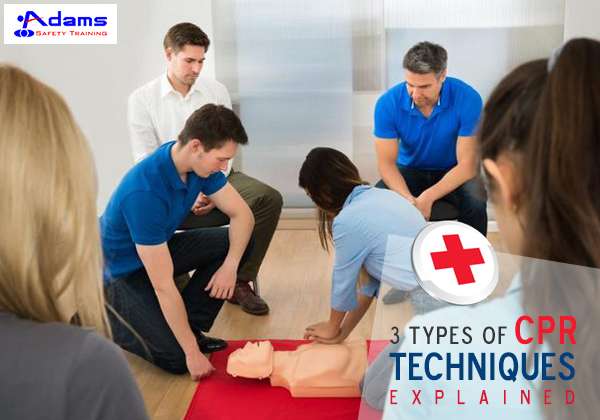Unfortunately enough, we all know this fact that cardiac arrest is one of the leading causes of death in adults, these days. However the good part is, with the knowledge of CPR (Cardiopulmonary Resuscitation), one can easily save the lives of these unsuspected victims of cardiac arrest.
The video “Facts About CPR and AED” updated by adamssafety.com is specifically designed with an aim to inform the users about some of the most interesting facts related to CPR as well as to encourage them to enroll into CPR classes, so they can also lead their lives as a life-saver.
Every year, almost 383,000 people suffer from cardiac arrest. Sadly enough, only 32% of those people are able to get a CPR from a bystander. CPR was first introduced in 1740 and has come a long way since then, as the CPR guidelines keep being updated every five years.
The more the people will get CPR certified, the more the number of cardiac arrest survivors will increase as they will be able to get timely CPR treatment. Please refer to the given infographic to know more about these facts and on how to enroll for this life-saving training.


